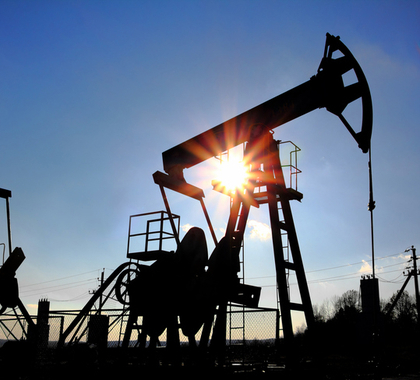Voters in Monterey County, California passed a ballot measure banning hydraulic fracturing, commonly called “fracking,” on November 8.
In addition to banning fracking, the measure also prohibits the creation of new oil and gas wells of other kinds in the county.
Fracking is a technique used in oil and gas drilling in which water, sand, and chemicals are injected into a wellbore to break up rock formations thousands of feet below the surface and open pathways to release oil and gas trapped in pockets within the rock. Combined with directional drilling and advanced underground imaging technology, fracking has made the United States the world’s leader in natural gas production.
Proponents of the ban say it will help preserve the environment, , but a recent study examining fracking in Texas indicates the Monterey County fracking ban is unnecessary if preventing air pollution from fracking operations is the purpose of the ban.
A study published in the August edition of Science of the Total Environment found temporary spikes in air pollution around oil and gas wells in the Eagle Ford shale in southwest Texas are the result of operational inefficiencies and not inherent to fracking.
Deemed Environmentally Safe
Daniel Simmons, vice president for policy at the Institute for Energy Research, says the only emissions released into the air as a result of fracking are from the internal combustion engines in the trucks and equipment onsite pumping fluids at high pressure.
Simmons says the study is another in a long line of studies showing hydraulic fracturing is not causing pollution problems.
“The simple truth is study after study after study, including this Texas study, finds hydraulic fracturing is environmentally safe,” Simmons said.
“Environmentalists are demonizing one of the key technologies that made the United States the largest combined natural gas and oil producer in the world,” said Simmons. “Unfortunately, it seems their scare tactics have succeeded in shutting down fracking in Monterey County.”
Same as Conventional Process
It’s important to differentiate between the actual fracking procedure used to drill many new wells and ongoing field operations after the wells go into production, says Gary L. Stone, vice president of engineering at Five States Energy Capital.
During production, there is no difference in emissions between the oil and gas production from the pad of a hydraulically fractured well or a non-fracked well, Stone says.
“Either can have lax procedures and leaky equipment or up-to-date, regulatory compliant equipment and operations,” Stone said. “As our oldest massively fracked wells are about 15 years old—and many far less than that—the surface production equipment used is generally first class, and field personnel are well-trained in procedures and upkeep.
“The study confirms this, showing emissions levels well below federal guidelines,” said Stone. “The Texas Commission on Environmental Quality has monitored Texas oilfields constantly since 2010, finding, for the most part, Texas operations are compliant and emissions are well below mandated levels.”
Nearby Residents Are Safe
Isaac Orr, a research fellow for energy and environment policy at The Heartland Institute, which publishes Environment & Climate News, says the most important finding of the study is its conclusion ambient levels of benzene, toluene, ethyl benzene, and xylene compounds near fracking drilling sites are well within federal safety standards.
“This is great news,” said Orr. “For emissions of each of these pollutants to be 4,000 percent to 10,000 percent below the National Institute for Occupational Safety and Health air quality standards is very significant.
“It’s significant in particular because if emissions are below the limits for Occupational Safety and Health Administration and the National Institute for Occupational Safety and Health standards for workers who have a higher exposure to these sorts of chemicals because they actually work in and around the source, often for long periods, then people on neighboring properties or even properties more distant from well sites are very unlikely to be exposed to dangerous pollution from the drilling,” Orr said. “To the extent concerns about air pollution around fracking sites motivated Monterey County’s fracking ban, this study indicates those worries were unjustified.”
Kenneth Artz ([email protected]) writes from Dallas, Texas.
INTERNET INFO
Tim Benson, “Study: South Texas Fracking Not a Risk to Air Quality,” Research & Commentary, The Heartland Institute, September 1, 2016: https://heartland.org/publications-resources/publications/research–commentary-study-south-texas-fracking-not-a-risk-to-air-quality





